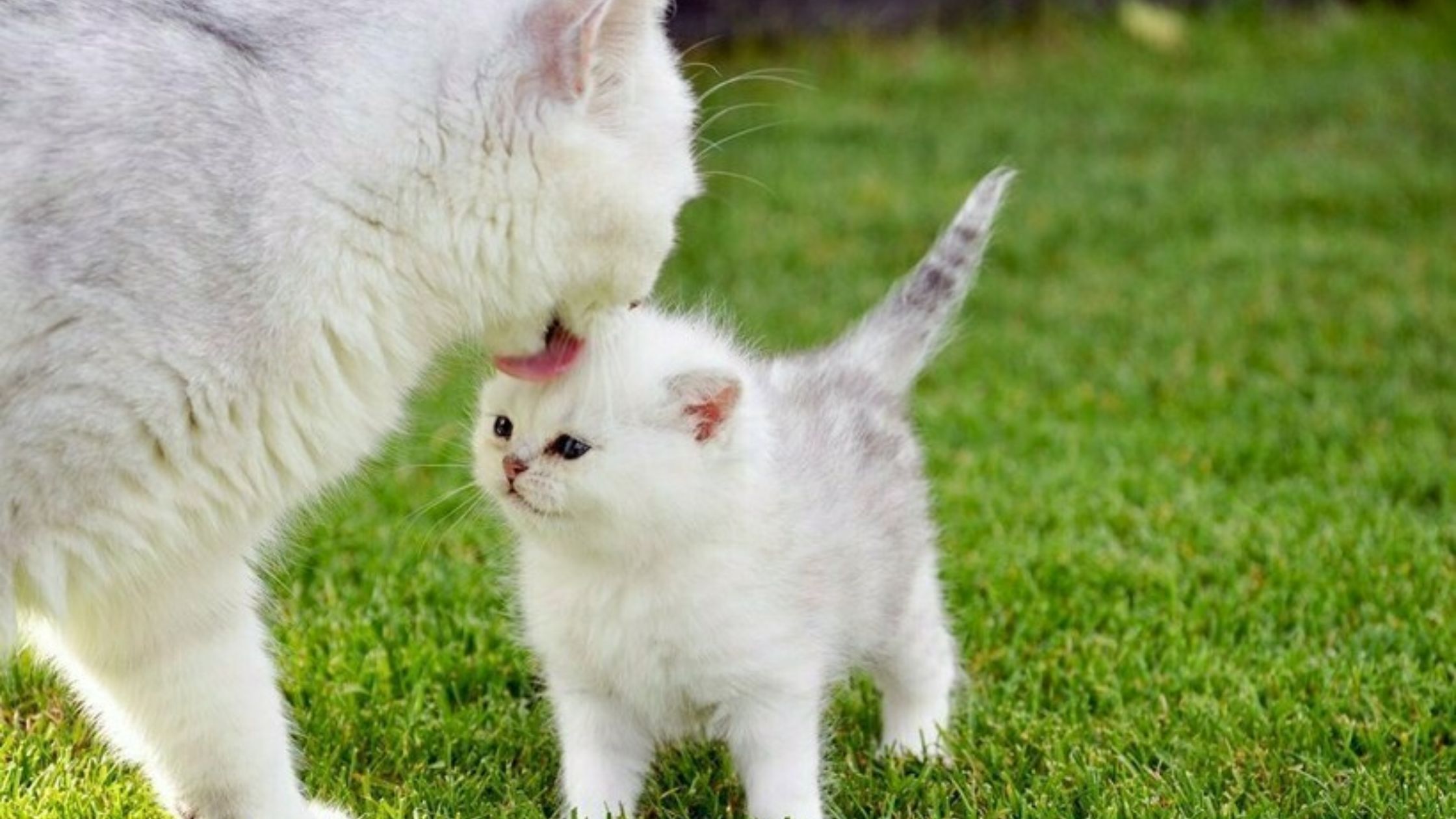First impressions shape lifelong bonds. A respectful approach keeps felines calm, prevents stress, and unlocks trust. Cats rely on body language, scent signals, and controlled interactions to grant consent. Mastering these cues sets the stage for positive relationships at home or during an emergency cat sitting service visit.
Decoding Cat Consent Signals
Cats speak with posture, facial expressions, and vocalizations. Spotting permission cues prevents unwanted advances.
Ears, Eyes, and Tail Positions
| Signal | Meaning |
| Forward-facing ears | Curiosity; open to contact |
| Side-turned or flattened | Uncertainty or irritation |
| Slow blink (half-close) | Comfort and affection |
| Direct stare | Challenge or threat |
| Upright tail with tip kink | Friendly greeting |
| Tail flick or lash | Warning: back off |
Positive consent shows relaxed ears, half-closed eyes, and a gently swaying tail tip. Sharp movements, dilated pupils, or a tucked tail signal retreat.
Vocal Cues and Purring
Soft chirps or trills invite engagement. A cat grinding teeth or hissing demands distance. Purring often indicates contentment but can also mask stress; pair it with body cues to read intent.
Step-by-Step Approach to Gain Feline Trust
A phased plan respects a cat’s autonomy. Each stage deepens confidence and reduces fear.
Phase 1: Grant Space and Time
Allow cats to observe from a safe distance. Sit quietly in the room, avoiding sudden gestures. Resist the urge to call them over; curiosity will draw them closer.
Phase 2: Align at Their Level
Crouch or sit down so you appear less imposing. Cats feel less threatened when approached on a horizontal plane rather than looming overhead.
Phase 3: Offer Your Hand for Sniffing
Extend a finger slowly, palm down, at the cat’s nose height. Hold still until they finish the investigation. A sniff followed by a cheek rub indicates permission to proceed.
Phase 4: Proper Petting Spots
Begin with brief strokes on the head or under the chin. Avoid belly, tail base, and paws until the cat relaxes completely. Keep sessions short and watch for subtle pull-back cues.
Special Considerations for Kittens and Adult Cats
Age and past experiences shape consent signals and tolerance levels.
Approaching Kittens
Kittens adapt faster to new people but tire quickly. Offer gentle strokes and short play breaks. Use soft toys to guide bonding before direct contact.
Meeting Rescue or Stray Felines
Unfamiliar cats may freeze or retreat. Mirror distances without pursuit. Enrich the space with treats or a favorite toy to build positive associations.
Emergency Cat Sitting Service Tips
When stepping in for urgent care, review owner’s notes on temperament and triggers. Maintain feeding and play routines. Respect every cat’s consent signal to prevent added stress during emergencies.
Mistakes to Avoid When Meeting Cats
Missteps can erode budding trust. Skip these common errors.
- Looming or tapping on the head unexpectedly
- Staring directly into a cat’s eyes
- Forcing interaction when consent cues are absent
- Wearing strong scents or carrying loud items
Each of these actions can trigger a fight-or-flight response, undoing progress toward a calm introduction.
Creating a Cat-Friendly Greeting Environment
A serene space amplifies positive interactions. Simple tweaks transform any room into a welcoming zone.
Calming Ambiance
Dim overhead lights and minimize echoing sounds. Soft background music at low volume soothes sensitive hearing. Remove obstacles that block feline escape routes.
Interactive Tools
Offer wand toys to spark natural hunting instincts before attempting petting. A small treat dish placed nearby rewards approach and reinforces trust.
Related Care Tips
For guidance on solo care durations and scheduling check-ins, check out, How Long Can You Leave Your Cat Alone? Proper timing complements respectful introductions by ensuring ongoing welfare and minimal separation stress.
Two Tables of Key Insights
Quick Consent Cues
| Signal | Action Required |
| Forward-facing ears | Proceed with slow petting |
| Slow blink | Offer gentle head rubs |
| Ears folded back | Pause interaction |
| Hissing or growling | Retreat and give space |
| Tail lash | End session immediately |
Phased Introduction Plan
| Phase | Goal | Duration |
| Phase 1 | Observation | 5–10 minutes |
| Phase 2 | Level alignment | 2–3 minutes |
| Phase 3 | Sniff invitation | 1–2 minutes |
| Phase 4 | Brief head/chin petting | 30–60 seconds |
Conclusion:
Consent signals guide every successful feline friendship. By pacing each phase, reading body language signs, and avoiding common missteps, you’ll foster trust in any setting from casual visits to an emergency cat sitting service. Ready to ensure expert care and respect for your cat’s boundaries? Reach out to Gotham City Cat Care for professional in-home support tailored to every cat’s needs.
Frequently Asked Questions (FAQs)
1. What if the cat runs away?
Let them retreat to a hiding spot. Offer soft words and treat morsels from a distance. Patience will bring them back out.
2. Can I use treats to speed up trust?
Yes. Place treats near you at regular intervals. Avoid hand-feeding until the cat seeks direct contact.
3. How do I know if a cat enjoys petting?
Look for purring, kneading, and leaning into your hand. Sudden ear flicks or tail flicks signal it’s time to pause.
4. Is it okay to pick up a cat early on?
No. Most cats only allow lifting once they feel completely safe. Start with ground-level interactions first.
5.How do I greet a cat after a separation?
Replicate the phased plan quickly: approach calmly, offer space, and allow the cat to initiate contact before petting.

